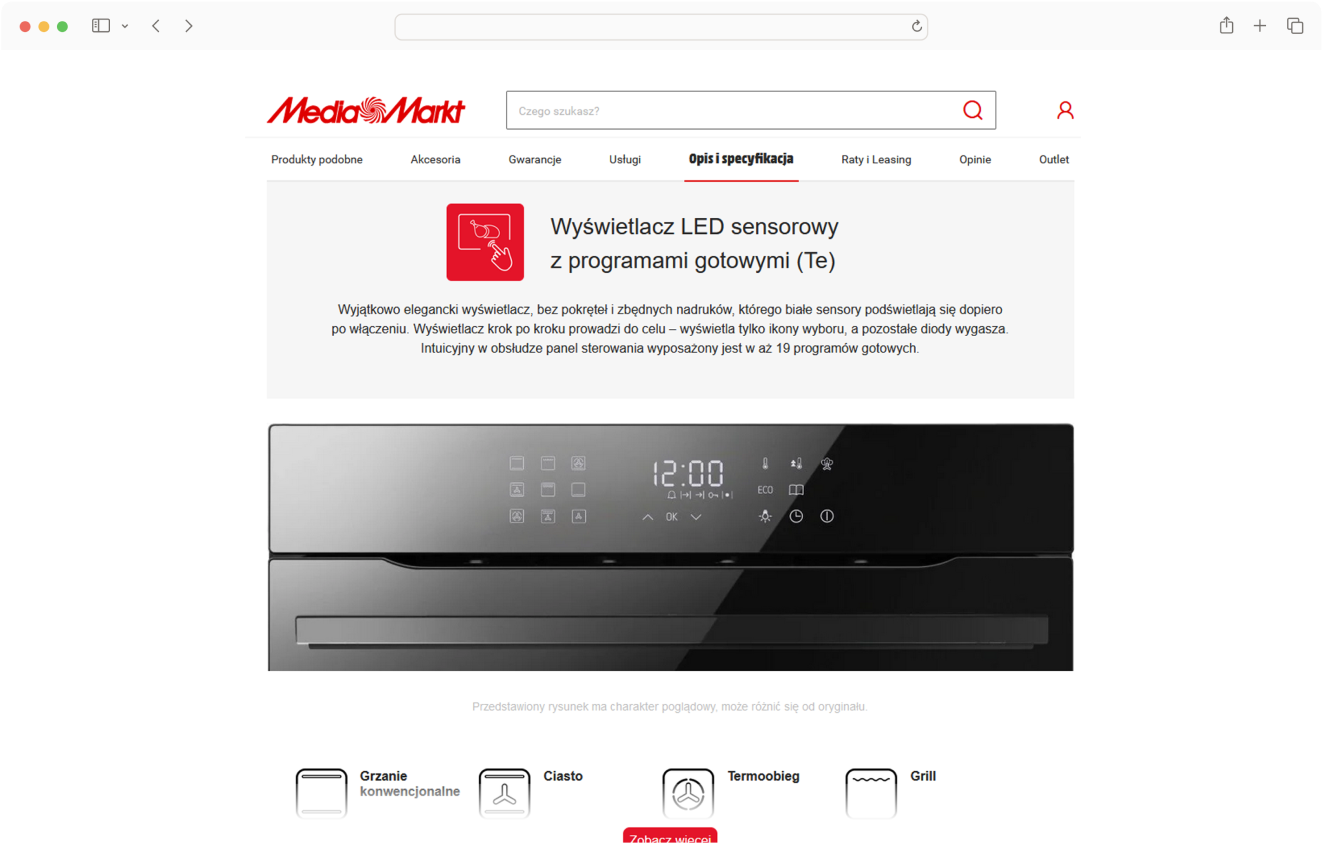Managing product descriptions – difficulties and challenges
Product descriptions are a source of valuable information for consumers and, above all, one of the paths to successful sales. Managing them brings quite a challenge for managers and content specialists, who have to deal with a number of different difficulties. So what is worth paying attention to?
Various technical specifications of retailers
Managing product cards involves preparing them for implementation not only in your own online store, but also with e-retailers. This creates quite a challenge, as each of the channels The distribution isolates its own technical specifications, to which the product sheet must be adapted. Not matching it to the guidelines prolongs the implementation time, and may lead to the e-retailer rejecting it altogether.
Most stores expect a large amount of content, but with file weight restrictions. It is worth ensuring that the code does not contain JavaScript technology and references or external links. Some platforms do not accept animated formats. Thus, it is important to match the guidelines related to the HTML of a given store (appropriate headings, tags, etc.), proper compression of graphics or the size and volume of texts, so that everything is readable and aesthetically pleasing.

Failure of stores to accept certain modules
It is also not uncommon for brands to face the challenge of not accepting certain card modules. Retailers sometimes do not agree to the solutions proposed in the card template – the reasons can be many, but it often comes down to having their own solutions or technical incompatibility.
Many brands are faced with the fact that stores do not allow linking to other products, because they have their ready-made modules with recommendation of the rest of the (similar) assortment.
This is an undesirable aspect that many brands face. In this case, creating an effective template with relevant sales content plays an important role in encouraging the customer to buy the product.
Contact with stores
The implementation of product cards is usually handled by several people on the e-retailers’ side, who are in contact with a large number of customers/manufacturers/brands at the same time. This often generates considerable delays in the implementation of cards to stores – they form stops in the added content, which unfortunately affects the work schedule of both parties.
E-retailer occupancy tends to be quite high, so getting in touch is not the easiest thing to do – which should come as no surprise, since there are actually quite a few brands looking to deploy their cards.
Need for unique content posed by stores
Due to high competitiveness and maintaining high SEO standards, creating product descriptions in the cards requires unique content. Each e-retailer needs a customized approach to the message contained in the modules, which of course involves additional time and work to create dedicated content.
At the same time, do not forget about the consistency of descriptions – although they should be differentiated, they must not deviate from the language of brand communication and product functionality. Proper automation and segregation of duties (e.g., mandating the creation of unique descriptions) appear to be an excellent way to address this issue.
Read also
- Rich content, Product card
- Mateusz Pytlak
- Rich content, Product card
- Maciej Nowacki
- Rich content, Product card
- Maciej Nowacki
Check out our Linkedin
© 2023 | Privacy Policy